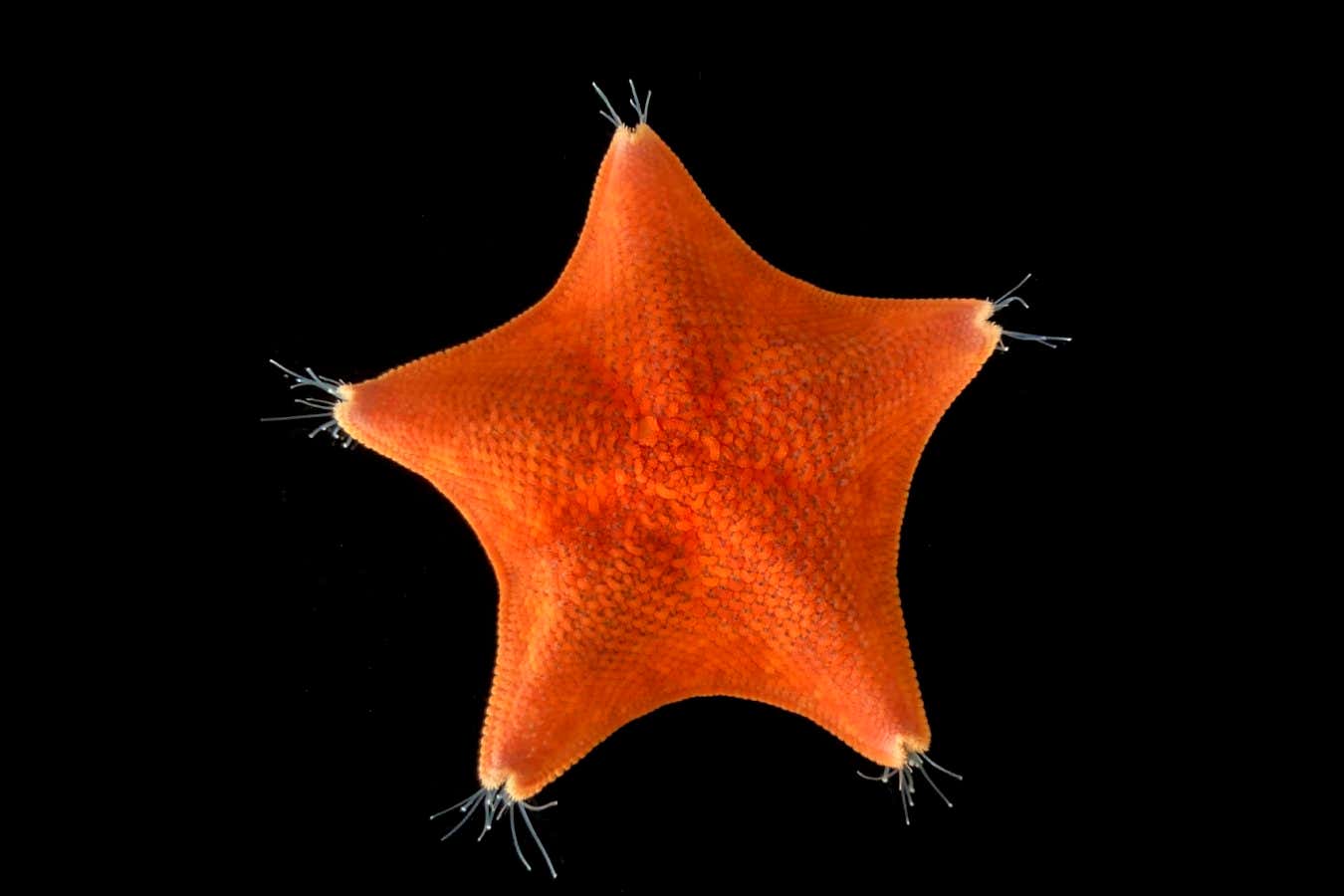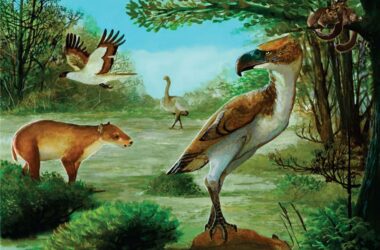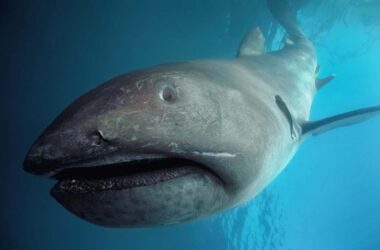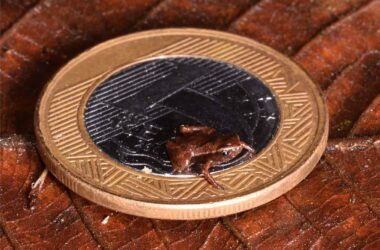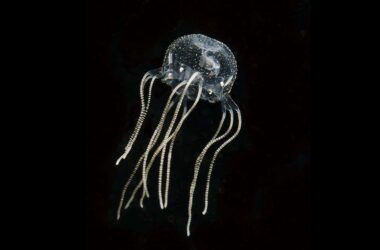Scientists have made a fascinating discovery about starfish, also known as sea stars: their head is effectively their entire body. This finding not only solves a longstanding mystery, but also provides insights into how evolution creates the diverse range of animal forms on Earth.
Starfish belong to a group of animals called echinoderms, which includes sea urchins and sea cucumbers. The unique body plans of echinoderms have puzzled biologists for a long time. Most animals, including humans, have a distinct head and tail, with a line of symmetry running down the middle of their bodies. These animals are called bilaterians.
On the other hand, echinoderms have five lines of symmetry radiating from a central point and no obvious head or tail. Despite this, they are closely related to bilaterians like us and evolved from a bilaterian ancestor. Even their larvae have bilateral symmetry, but their bodies undergo radical reorganization as they develop into adults.
These significant differences make it difficult for scientists to find and compare equivalent body parts in echinoderms to understand their evolution. However, researchers at Stanford University in California, led by Laurent Formery, decided to investigate a set of genes involved in the head-to-tail organization of bilaterians. These genes are expressed in stripes on the outer layer of developing embryos, where each stripe determines a specific point on the head-to-tail axis.
Surprisingly, the team found that the genes determining the head end in bilaterians were expressed in a line running down the middle of each arm on the underside of the starfish. The genes related to the trunk, on the other hand, were missing in the starfish’s outer layer. This suggests that starfish have essentially discarded their trunk regions and allowed the outer layer to evolve in new directions.
This discovery reveals that the body of an echinoderm, at least in terms of the external body surface, is essentially a head walking along the seafloor on its lips. This finding raises interesting questions about how ecological factors shape the evolution of anatomy, and provides critical insights into the evolution of development.
Overall, this study sheds light on the unique body plan of starfish and offers valuable insights into the diversity of animal forms and the evolutionary processes that underpin it.




